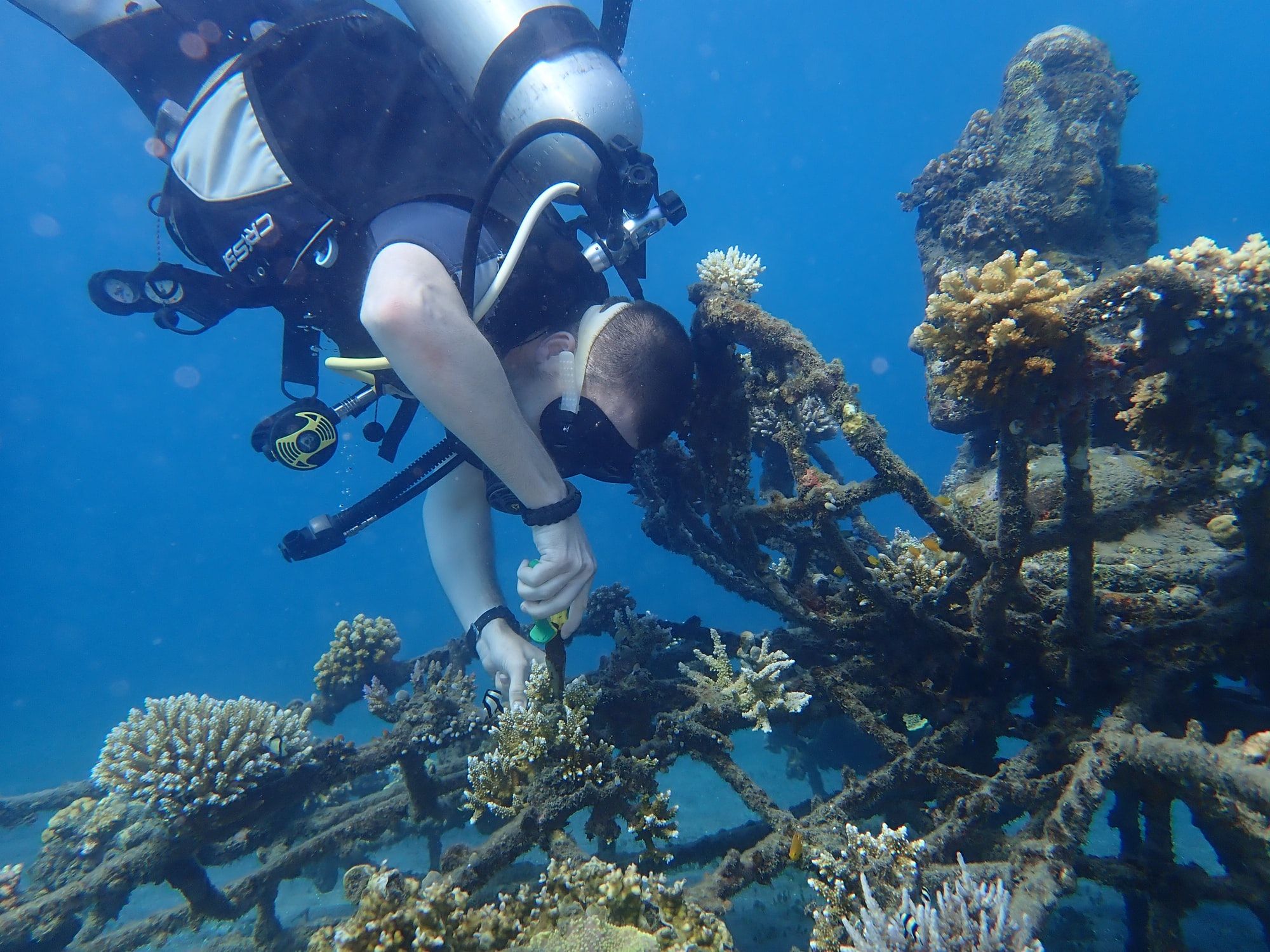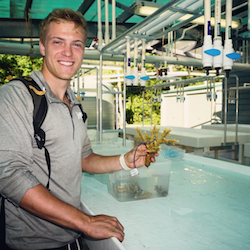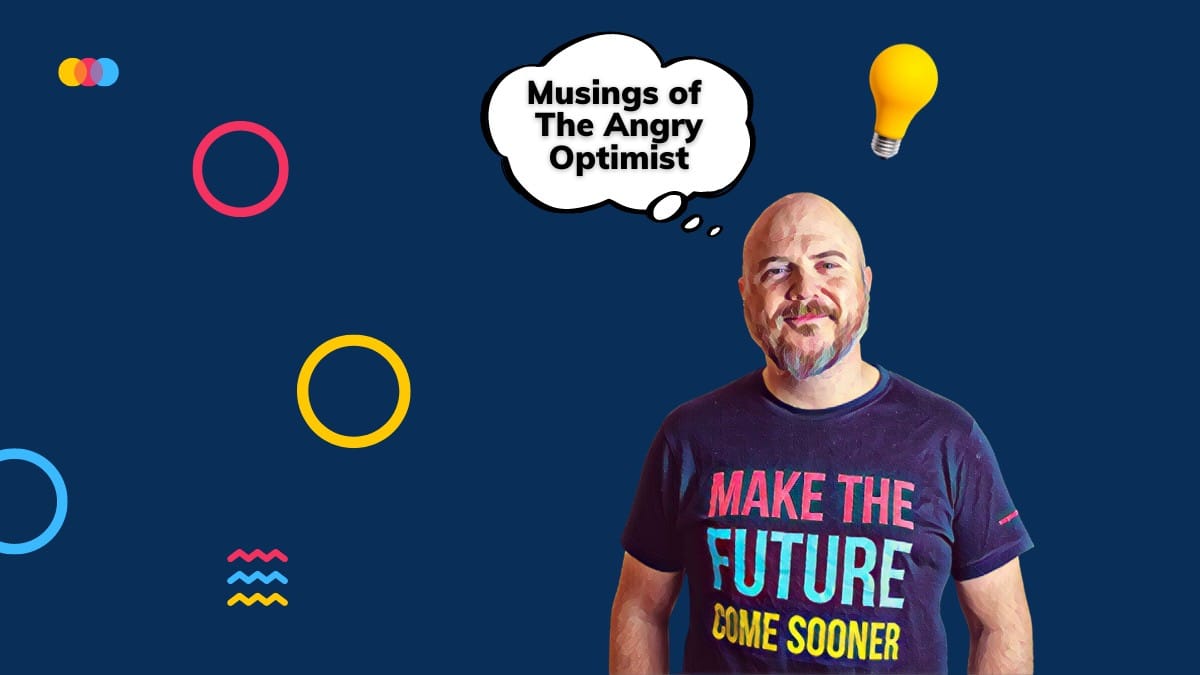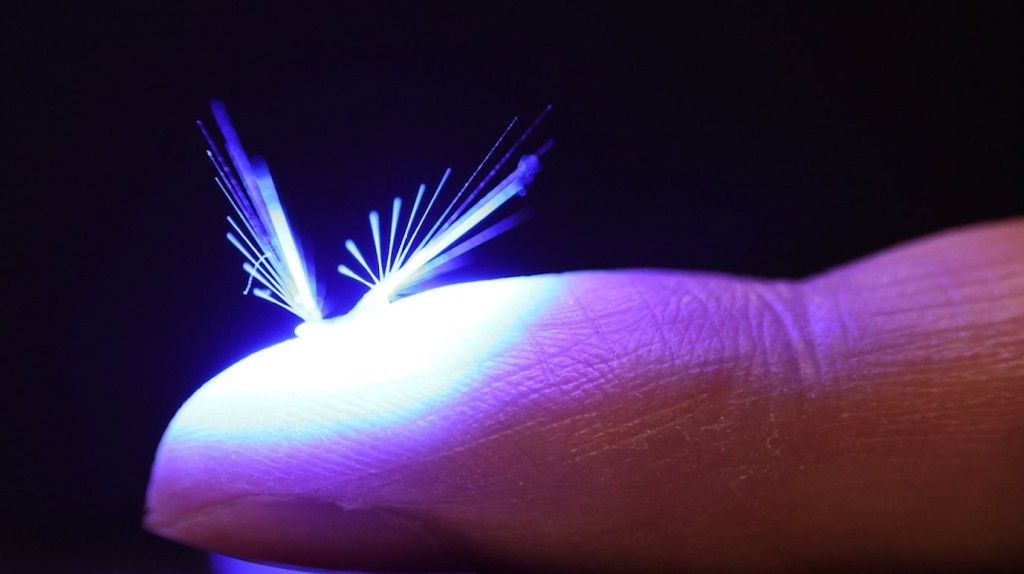
🦾 CHARM - the coral farming robot
CHARM is a robot that helps with the restoration of coral reefs. The robot is easily controlled with an app on your phone or computer.
Share this story!
Stephen Rodan is an engineer with a passion for coral reefs, especially restoring coral reefs in the wild. Stephen wanted to have a positive impact on the environment so he started the Beyond Coral Foundation which sets out to protect, conserve and restore coral reefs using culture, art, technology and education. Thanks to the foundation and his visits to coral restoration projects around the world he came up with the idea of CHARM.

A lot of times, in coral restoration facilities the raceways will be filled with thousands of coral fragments. It takes a lot of time cleaning and rearing the fragments because of the repetitive tasks such as inspecting them. This is where CHARM comes in.
CHARM stands for Coral Husbandry Automated Raceway Machine and is a coral framing robot that combines scientific research with computer automation in order to save time and “and grow resilient coral colonies at economies of scale”. However, CHARM is more than just a robot. An important part of the device is the cloud-based computer software. Reef Builders writes “To control CHARM, users select a program sequence from the online portal using a computer or smartphone app”.
One of the biggest and most troublesome problem when raising corals is algae buildup, it can straight up compromise coral growth. CHARM’s software can identify algae and remove it safely. Reef Builders writes:
“The on board camera uploads images to computer software that can differentiate algae from coral initiating a cleaning sequence. However, this software also holds the potential to inspect for color changes i.e., signs of disease, bleaching, or pests.”
The robot can also administer coral food and monitor growth together with other possible functions.
CHARM is still a prototype but holds the potential to scale up the production of nursery-grown coral fragments for restoration. Rodan writes:
“The technology is an attachment to the existing industry practice of growing coral on land in aquaculture raceways, is designed for use at small and large scales, and remains affordable for island-nations and developing countries across the globe.”
By becoming a premium supporter, you help in the creation and sharing of fact-based optimistic news all over the world.


